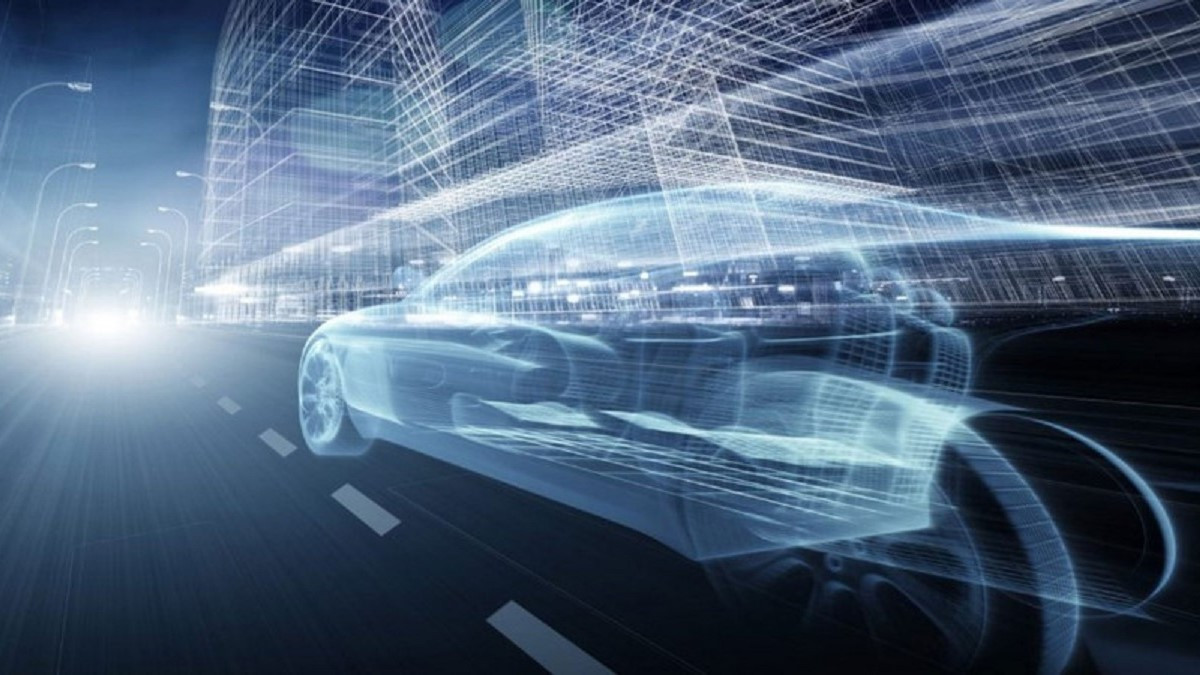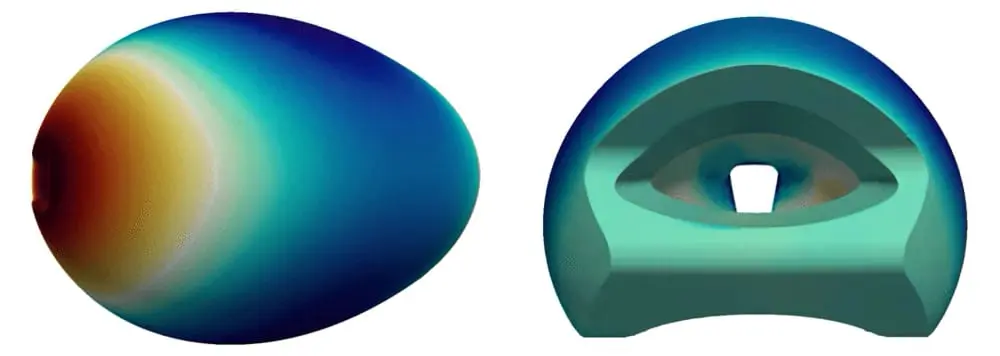Machine Learning Algorithms in Vehicle Design: Revolutionizing Data-Driven Decision Makin
 Stylianos Kampakis
Stylianos Kampakis
Understanding Machine Learning in Vehicle Design
Incorporating machine learning algorithms in vehicle design has revolutionized the automotive industry, enhancing safety, efficiency, and performance.
The Role of Machine Learning in Vehicle Design
Predictive Maintenance
Machine learning algorithms analyze data from sensors to predict when maintenance is required, reducing downtime and minimizing costs.
Autonomous Driving
Machine learning enables vehicles to perceive their environment, make decisions, and navigate without human intervention, leading to safer and more efficient transportation.
Vehicle Performance Optimization
Machine learning algorithms optimize vehicle performance by analyzing driving patterns and environmental conditions, adjusting parameters such as engine output and transmission settings.

Vehicle Performance Optimization photo by Deblocari Auto Oradea
Crash Avoidance Systems
Machine learning algorithms analyze real-time data to detect potential collisions and deploy safety measures, such as automatic braking and steering assistance, to prevent accidents.
Fuel Efficiency Improvement
Machine learning algorithms optimize fuel consumption by analyzing driving habits and traffic conditions, leading to reduced emissions and lower operating costs.
Design Customization
Machine learning algorithms analyze customer preferences and market trends to customize vehicle designs, enhancing customer satisfaction and brand loyalty.
Material Selection
Machine learning algorithms optimize material selection based on factors such as strength, weight, and cost, improving overall vehicle performance and durability.
Noise Reduction
Machine learning algorithms analyze acoustic data to identify sources of noise and vibration, allowing engineers to design quieter and more comfortable vehicles.
Aerodynamic Optimization
Machine learning algorithms optimize vehicle aerodynamics by analyzing airflow patterns and simulating design changes, reducing drag and improving fuel efficiency.

Aerodynamic Optimization photo by Deblocari Auto Oradea
Energy Management
Machine learning algorithms optimize energy usage in electric and hybrid vehicles by predicting battery performance and managing power distribution, extending range and battery life.
User Experience Enhancement
Machine learning algorithms analyze user interactions and preferences to personalize in-car features and interfaces, creating a seamless and intuitive driving experience.
Supply Chain Optimization
Machine learning algorithms optimize supply chain logistics by predicting demand, managing inventory, and optimizing production schedules, reducing costs and lead times.
Conclusion
In conclusion, machine learning algorithms play a crucial role in vehicle design, enhancing safety, efficiency, and user experience. By leveraging data-driven insights, automotive engineers can create innovative and sustainable vehicles that meet the evolving needs of consumers and society.
FAQs (Frequently Asked Questions)
How do machine learning algorithms improve vehicle safety?
Machine learning algorithms analyze data from sensors to detect potential hazards and deploy safety measures, such as automatic braking and steering assistance, to prevent accidents.
Can machine learning algorithms customize vehicle designs?
Yes, machine learning algorithms analyze customer preferences and market trends to customize vehicle designs, enhancing customer satisfaction and brand loyalty.
How do machine learning algorithms optimize fuel efficiency?
Machine learning algorithms optimize fuel consumption by analyzing driving habits and traffic conditions, leading to reduced emissions and lower operating costs.
What is predictive maintenance in vehicle design?
Predictive maintenance uses machine learning algorithms to analyze data from sensors and predict when maintenance is required, reducing downtime and minimizing costs.
How do machine learning algorithms enhance user experience in vehicles?
Machine learning algorithms analyze user interactions and preferences to personalize in-car features and interfaces, creating a seamless and intuitive driving experience.
Visit the Pandora's Charms website for more articles.
Subscribe to my newsletter
Read articles from Stylianos Kampakis directly inside your inbox. Subscribe to the newsletter, and don't miss out.
Written by

Stylianos Kampakis
Stylianos Kampakis
I am a data scientist. I have been involved in the area of data science, blockchain and artificial intelligence for more than a decade.